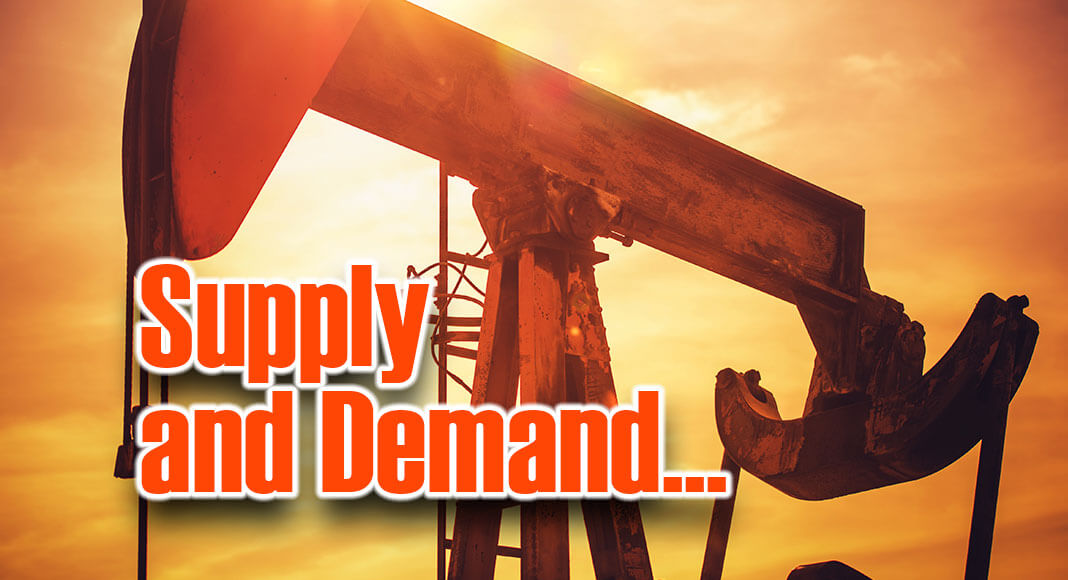
Texas Border Business
Oil prices have regularly closed above $80 per barrel of late, something that hadn’t happened since 2014. They’ve more than doubled in the past year and are a far cry from the doldrums of last spring. High oil prices ripple through the economy. More than half of the cost of gasoline is directly determined by oil prices, and most manufacturing and distribution involves some use of derivative fuels. Consumers are paying higher prices both directly at the pump and indirectly through other products.
Demand is rising as the world emerges from the pandemic, and supplies are tight. Thus far, OPEC has not increased production in any meaningful way. There seems to be a growing recognition that most of these nations actually need prices at this level to support their internal economies, although production will likely increase more aggressively at some point. Similarly, activity in the US energy sector has increased significantly since the depths of the pandemic, but the response has been somewhat muted.
Through much of 2018, the last time prices were near this level, a $65-$75 range was sufficient to push Texas rig counts to well over 500. This time around, however, about half that many rigs are running (249 as of October 22). There are myriad reasons for this phenomenon. Many firms are dealing with financial fallout from COVID-19 market chaos, and drilling programs require massive capital commitments. The green energy movement and potential policy initiatives have increased uncertainty. Changes in drilling practices are also relevant, as are backlogs of wells drilled but not yet completed. Basically, the market is rife with complexities in the best of times, and the current environment adds even more layers.
For Texas, the energy sector contributes about 13-14% of total business activity. It’s a major source of jobs and investment not only in producing areas, but across the state. Oil and gas are also key state exports. Even though the Texas economy is large and diverse, energy remains a major component.
Although the current situation is complicated, oil and gas will remain crucial to future energy dynamics for decades to come (despite what you may hear elsewhere), and petroleum supplies are essential to reliable and affordable energy in the world’s advanced economies as well as developing nations. While renewables have a vital role and climate change is very much a reality, any reasonable look ahead with an eye toward global needs tells us that conventional fuels (with lower emissions) will be around for the foreseeable future (more on that later). This inescapable truth is an unmistakable harbinger of long-term industry growth, yet the path will be anything but smooth and simple.
______________________________________________________________________
Dr. M. Ray Perryman is President and Chief Executive Officer of The Perryman Group (www.perrymangroup.com), which has served the needs of over 2,500 clients over the past four decades.
















